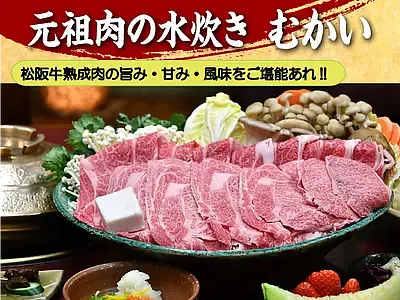伊勢神宮はどんな神社?なんの神様?何県にあるの?いまさら聞けない伊勢神宮にまつわる疑問あれこれを徹底解説します!
掲載日:2023.12.06
伊勢神宮に関する情報は、さまざまなメディア等でも紹介されているところですが、「いまさら聞けない素朴な疑問」や「噂で聞くけれど、本当のところはどうなの?」など、初心者から伊勢神宮通の方に「伊勢神宮にまつわる疑問」を徹底解説します。
記事制作 / 観光三重 編集部
▼ 目次
- Q1:伊勢神宮とは?なんの神様?
- Q2:伊勢神宮の正式な名称は?
- Q3:伊勢神宮ってどこにあるの?何県にあるの?
- Q4:伊勢神宮は「日本人の心のふるさと」と呼ばれるのはなぜ?
- Q5:なぜ、「内宮」「外宮」(内と外)というの?
- Q6:伊勢神宮っておみくじがないって本当?なぜ?
- Q7:伊勢神宮には御朱印はあるの?お守りは?
- Q8:なぜ内宮は右側通行、外宮は左側通行?
- Q9:宇治橋の上流にある小さな屋根付きの柱は何?
- Q10:伊勢神宮で結婚式をあげることはできるの?
- Q11:伊勢神宮の正宮では個人的なお願いごとをしてはいけないの?
- Q12:まず外宮からお参りするのはなぜ?
- Q13:内宮の「御神体」は何?
- Q14:正宮のお参りするところに下がっている白い布は何?
- Q15:神宮では1年で何回のお祭りがおこなわれているの?
- Q16:複数の神社のお守りを持つと神様はけんかするの?
- Q17:伊勢神宮をカップルでお参りすると別れるという噂は本当?
- Q18:宇治橋は車や車椅子が走行できるの?
- Q19:ペットの犬や猫と参拝できるの?
- 伊勢神宮の御朱印やお守りについてはこちらで解説しています
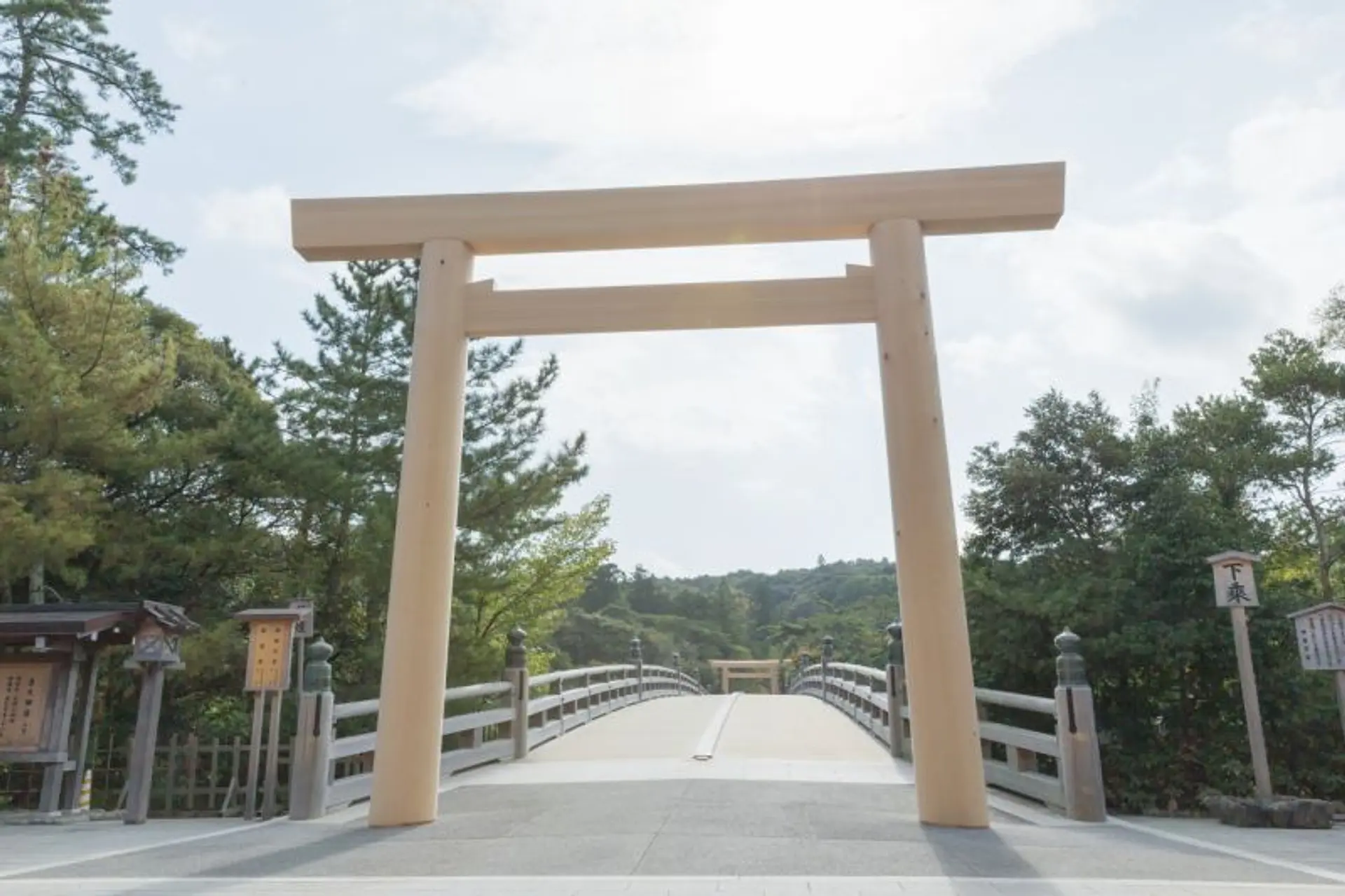
伊勢神宮とは?なんの神様?
Q1:伊勢神宮とは?
A1:日本人なら誰でもが知るところの「伊勢神宮」。正式には「神宮」といいます。
伊勢神宮とは125の宮社の総称で、地元の人が「内宮さん(ないくうさん)」と呼ぶのは皇大神宮(こうたいじんぐう)、「外宮さん(げくうさん)」と呼ぶのは豊受大神宮(とようけだいじんぐう)の事をいいます。
皇大神宮(内宮)のご祭神は天照大御神(あまてらすおおみかみ)で、皇室の御祖先であり、私たち国民から総氏神のように崇められています。 また、豊受大神宮(外宮)のご祭神は、天照大御神のお食事を司る御饌都神(みけつかみ)ある豊受大御神(とようけのおおみかみ)で、衣食住を始め産業の守り神として崇敬されています。
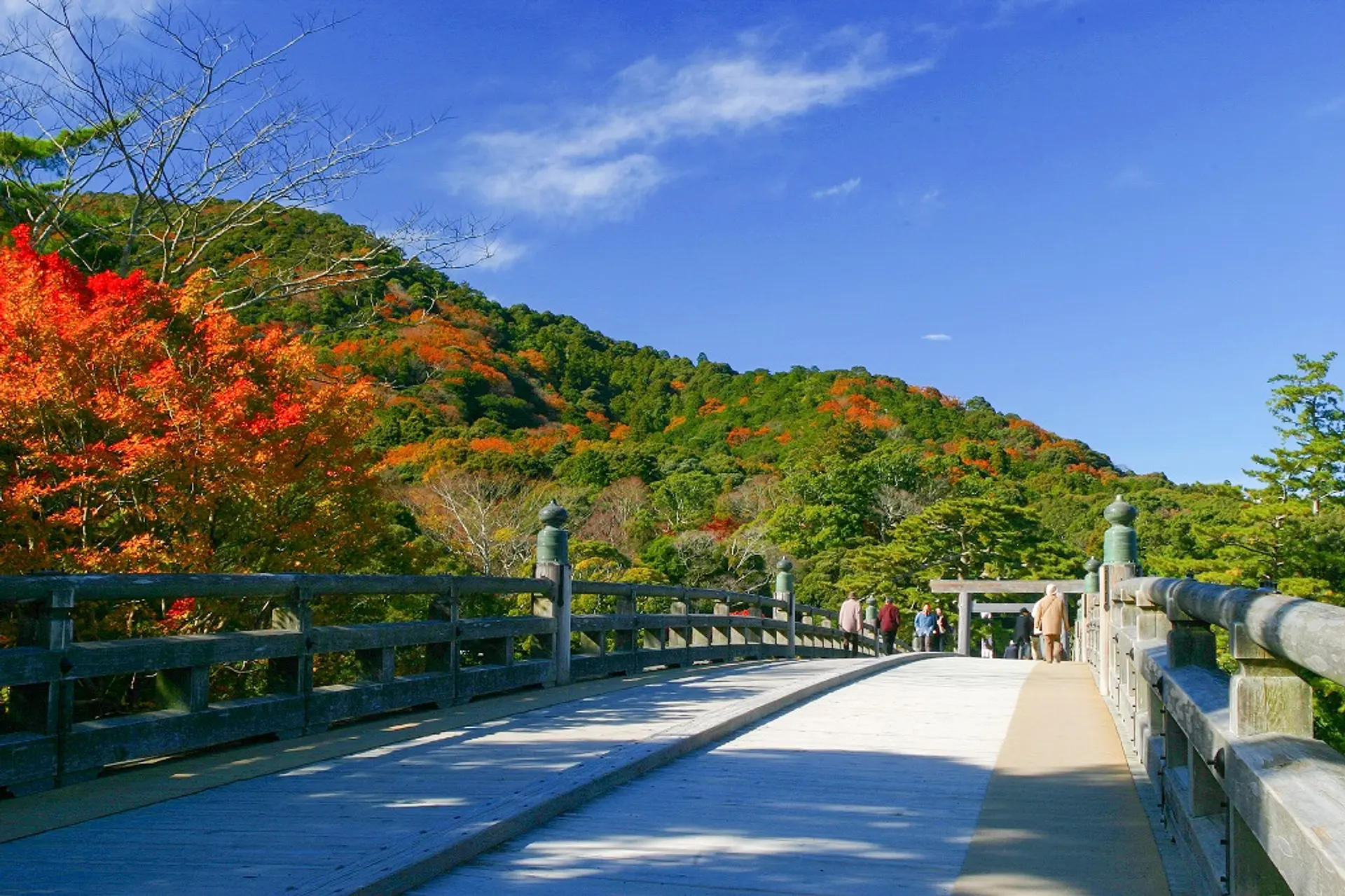
伊勢神宮の正式な名称は?
Q2:伊勢神宮の正式な名称は?
A2:「お伊勢さん」などと親しみを持って呼ばれる伊勢神宮ですが、正式な名称は「神宮」(じんぐう)です。
天照大御神をお祀りする皇大神宮(内宮)、産業の守り神である豊受大御神をお祀りする豊受大神宮(外宮)をはじめ、14所の別宮、43所の摂社、24所の末社、42所の所管社があり、これら125の宮社全てをふくめて「神宮」といいます。
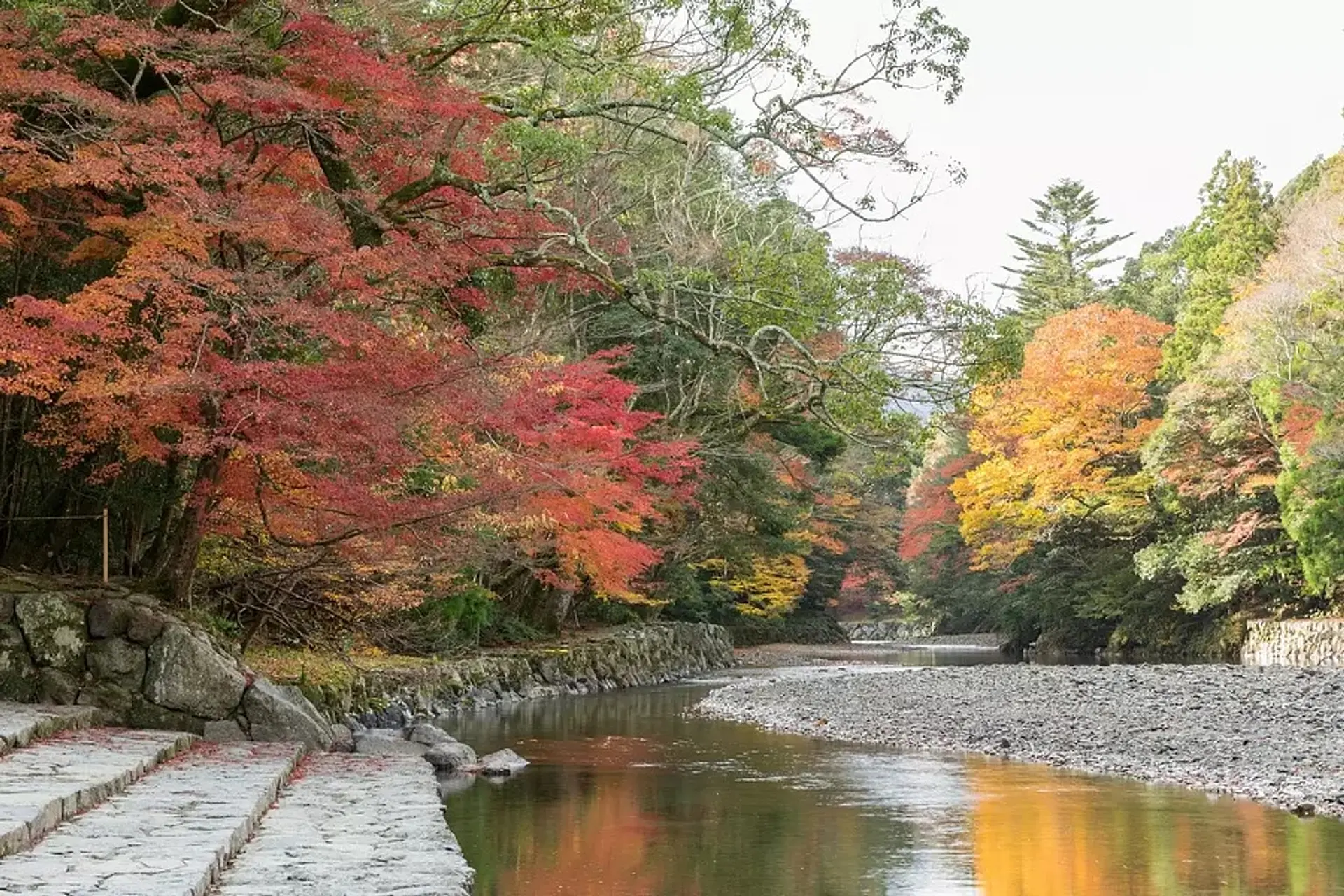
伊勢神宮ってどこにあるの?何県にあるの?
Q3:伊勢神宮ってどこにあるの?何県にあるの?
A3:伊勢神宮(神宮:皇大神宮/内宮・豊受大神宮/外宮)は日本の三重県伊勢市にあります。
・皇大神宮(内宮):三重県伊勢市宇治館町1
・豊受大神宮(外宮):三重県伊勢市豊川町279
豊受大神宮(外宮)は、近鉄・JR伊勢市駅から徒歩約5分。皇大神宮(内宮)は、豊受大神宮(外宮)からバスで約10分。近鉄宇治山田駅からバスで約10分、近鉄五十鈴川駅からバスで約10分 の所にあります。

伊勢神宮は「日本人の心のふるさと」と呼ばれるのはなぜ?
Q4:伊勢神宮は「日本人の心のふるさと」と呼ばれるのはなぜ?
A4:皇⼤神宮(内宮)に祀られている天照大御神は、皇室の御祖先の神であり、私たち日本人の総氏神と考えられています。そのため、「日本人の心のふるさと」と呼ばれています。
「ここは心のふるさとか そぞろ詣れば旅ごころ うたた 童にかへるかな」歴史小説家「吉川英治」氏の言葉です。
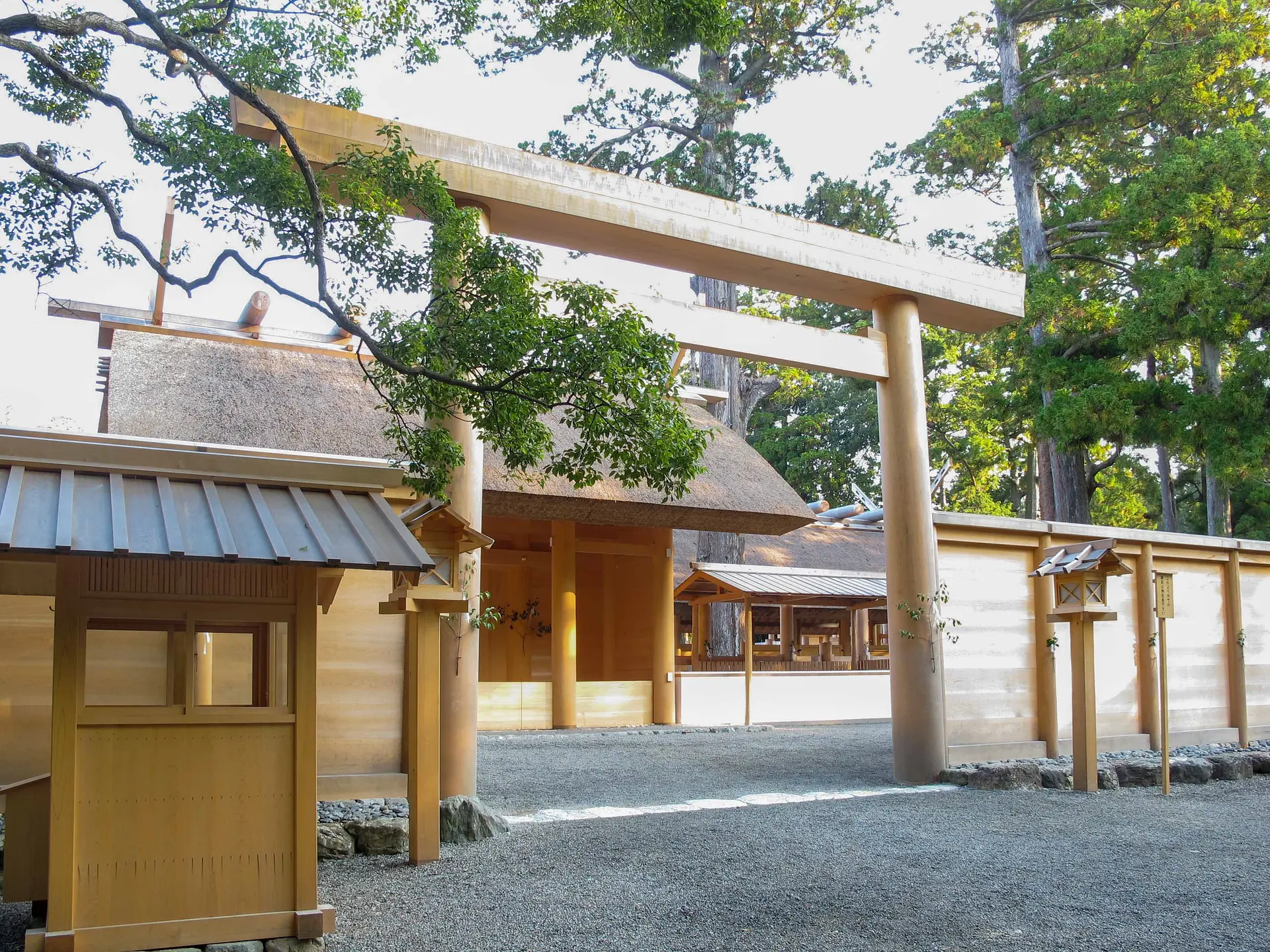
なぜ、「内宮」「外宮」(内と外)というの?
Q5:なぜ、「内宮」「外宮」(内と外)というの?
A5:朝廷のことを「内裏」(だいり)というように「内」は天皇を意味すると考えられています。皇大神宮のご祭神‧天照大御神が皇室の御祖先の神であることから「内なる宮」として内宮と言われています。
また、内裏の外にある離宮のことを「外」と呼んでおり、内宮に対して外宮と呼ばれたという説があります。
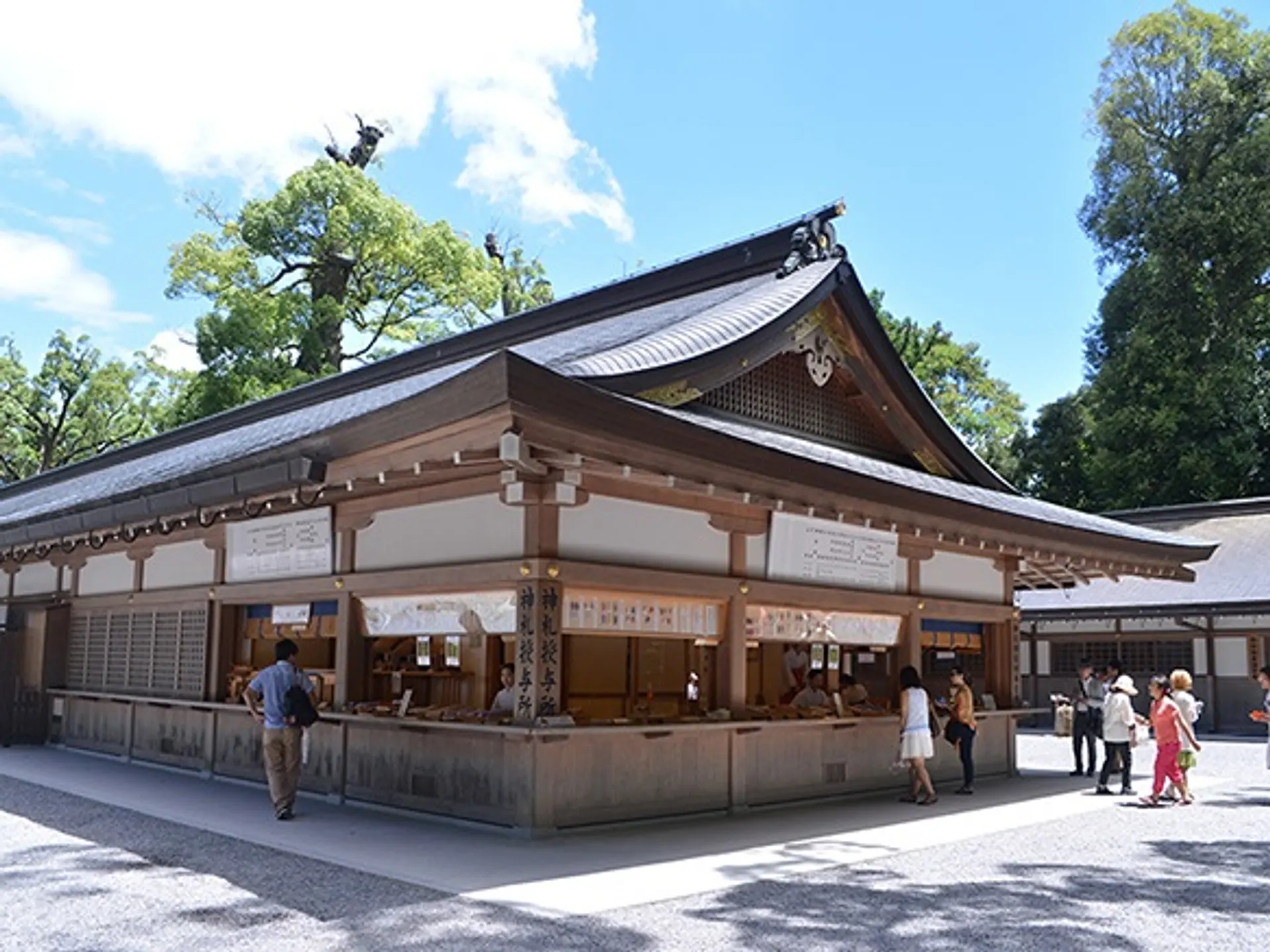
伊勢神宮っておみくじがないって本当?なぜ?
Q6:伊勢神宮っておみくじがないって本当?なぜ?
A6:伊勢神宮には、他の神社にあるような「おみくじ」はありません。 一生に一度は伊勢神宮に参拝してみたいと、多くの人々から憧れられたお伊勢参り。伊勢神宮に参拝すること自体が「大吉」であり、おみくじをひく必要がなかったからと考えられています。
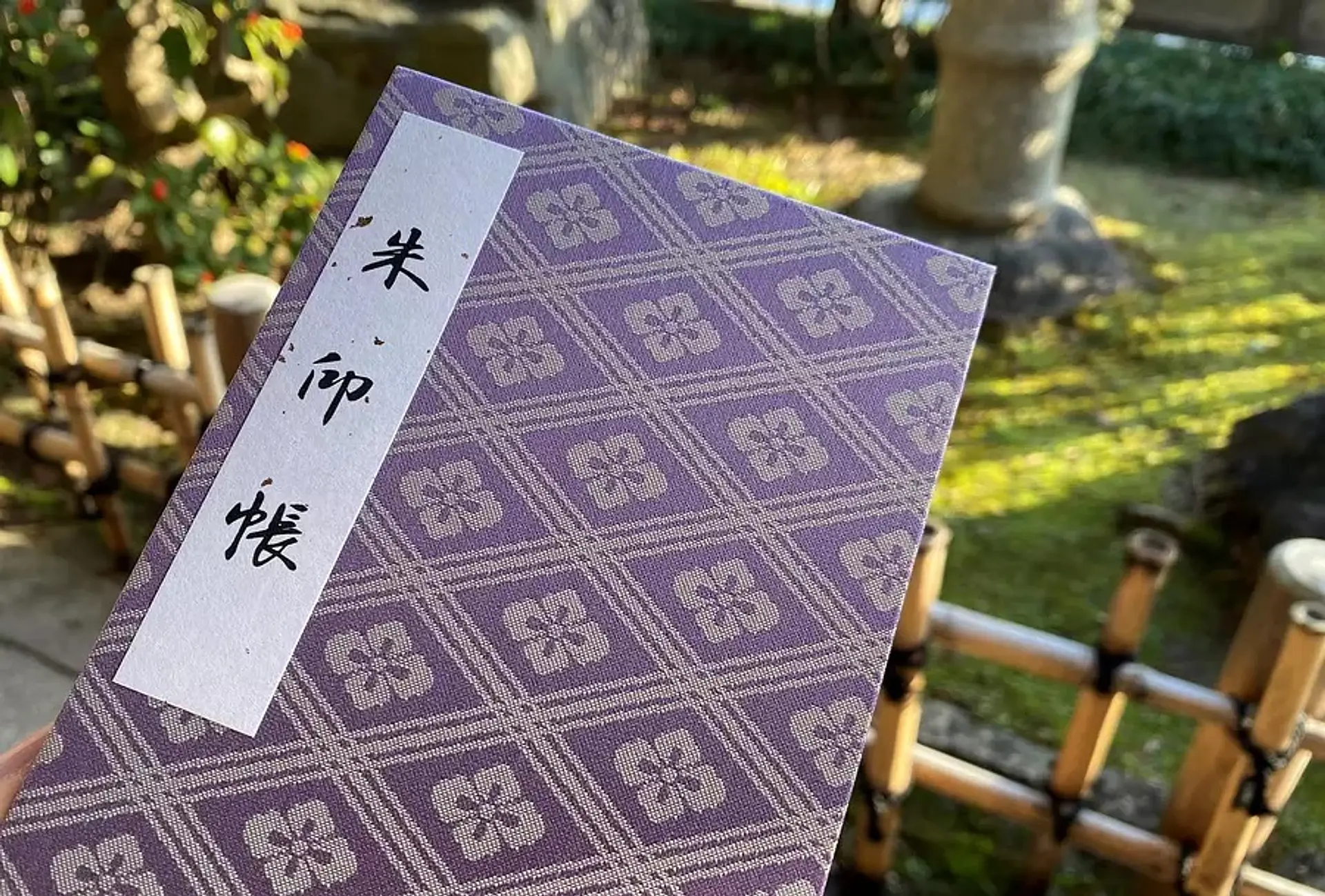
伊勢神宮には御朱印はあるの?お守りは?
Q7:伊勢神宮には御朱印はあるの?お守りは?
A7:伊勢神宮の125の宮社の中で、御朱印、お守りをいただけるのは7社のみとなります。
① 皇大神宮(伊勢神宮 内宮)
② 豊受大神宮(伊勢神宮 外宮)
③ 月読宮(皇大神宮 別宮)
④ 瀧原宮(皇大神宮 別宮)
⑤ 伊雑宮(皇大神宮 別宮)
⑥ 倭姫宮(皇大神宮 別宮)
⑦ 月夜見宮(豊受大神宮 別宮)
詳しくはこちらのページで詳しく紹介していますのでご参考ください。
▶伊勢神宮の御朱印は全部で7つ?記事はこちら↓
伊勢神宮の御朱印は全部で7つ?いただける時間や場所を解説します。
▶伊勢神宮のお守りはどこでいただける?記事はこちら↓
伊勢神宮のお守りはどこでいただける?いただける時間や場所を解説します。

なぜ内宮は右側通行、外宮は左側通行?
Q8:なぜ内宮は右側通行、外宮は左側通行?
A8:内宮は、参道の左手に正宮が、外宮は、参道の右手に正宮があります。参拝者は慎しみの心をもって参道の正宮から遠い側を歩き、そのため内宮は右側通行、外宮は左側通行となったようです。 参拝前に水で心身を清める手水舎・御手洗場も、内宮は右側、外宮は左側にあり、それも理由の一つと考えられています。
宇治橋の上流にある小さな屋根付きの柱は何?
写真提供:神宮司庁
Q9:宇治橋の上流にある小さな屋根付きの柱は何?
A9:五十鈴川にかかる宇治橋の上流に、小さな屋根が付いた柱が立っています。これは「木除杭(きよけぐい)」といい、名の通り五十鈴川が増水した際に、上流から流れてくる流木などを遮り橋脚を守る役割があります。
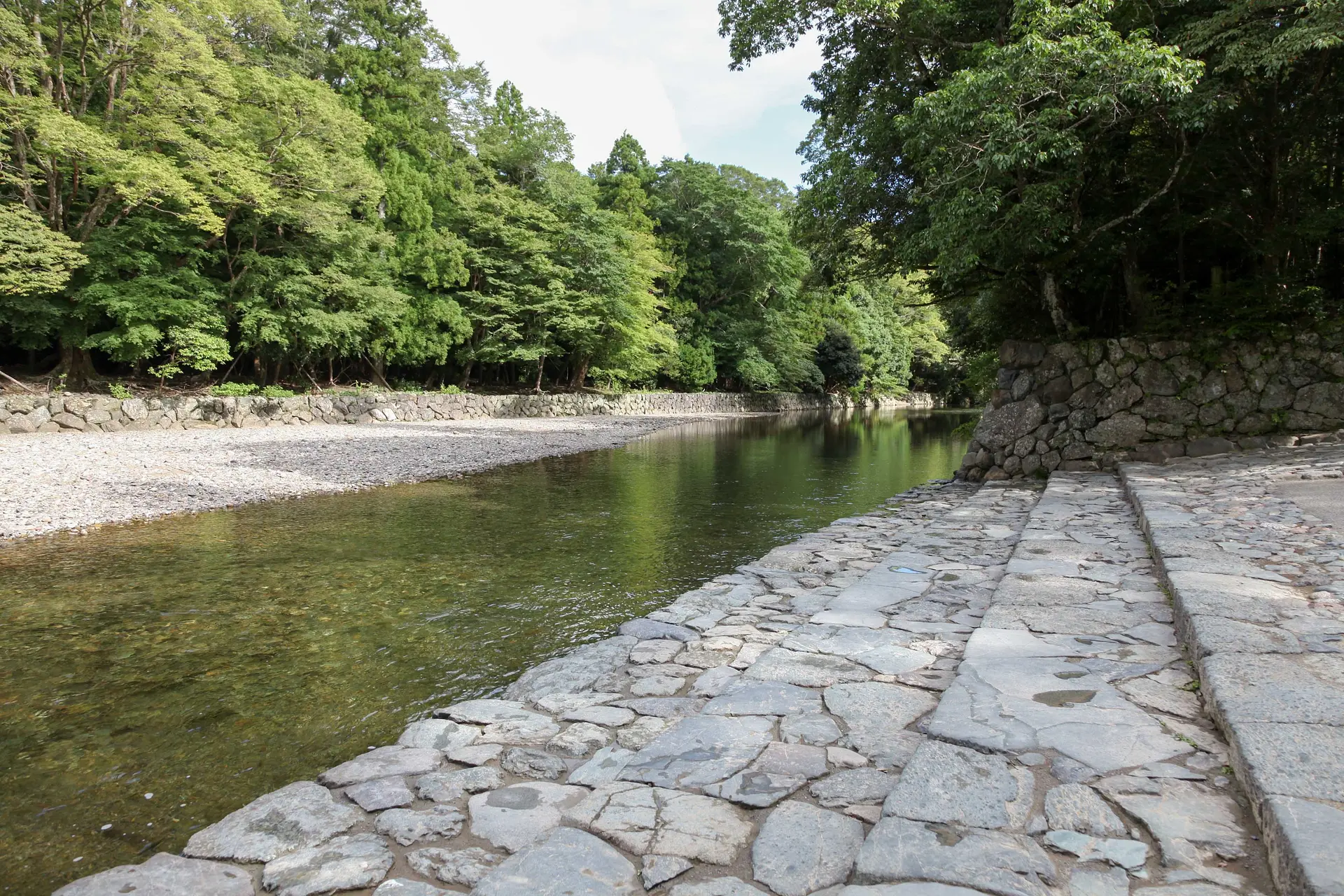
伊勢神宮で結婚式をあげることはできるの?
Q10:伊勢神宮で結婚式をあげることはできるの?
A10:伊勢神宮で結婚式をすることはできませんが、結婚をされた奉告のご祈祷(御神楽・御饌)をあげていただくことは可能です。
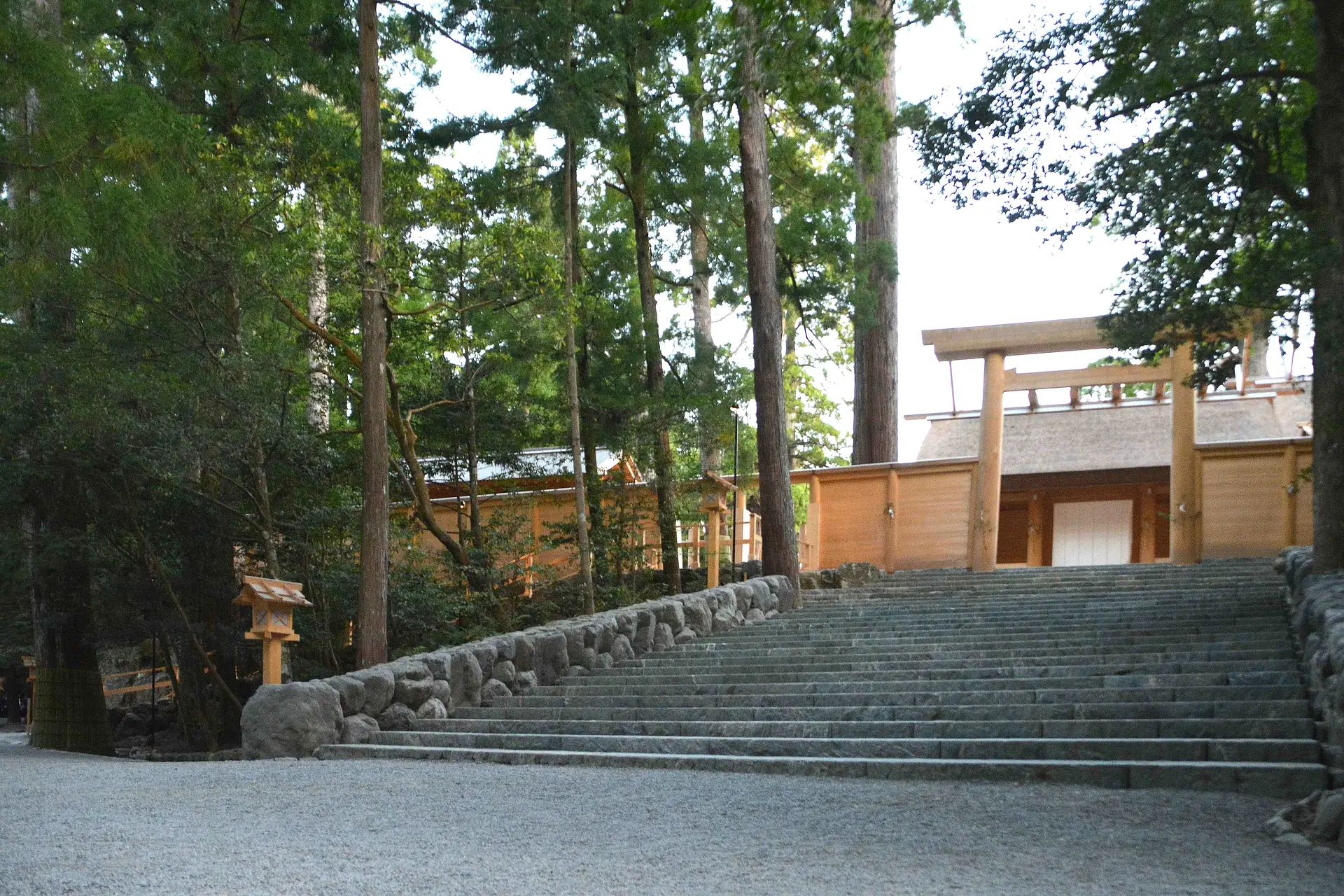
伊勢神宮の正宮では個人的なお願いごとをしてはいけないの?
Q11:伊勢神宮の正宮では個人的なお願いごとをしてはいけないの?
A11:神宮の正宮は、公の祈願をお祭りという形で行う場所のため、日頃の感謝の気持ちを天照大御神に伝えるのが古くからの風習です。しかし、決して個人的な願い事を祈ってはいけないというわけではありません。まず最初に感謝の気持ちを伝えてから、お願い事をすると良いでしょう。また、神楽殿でご祈祷をあげ、お願い事をご神前にお届けいただくこともできます。
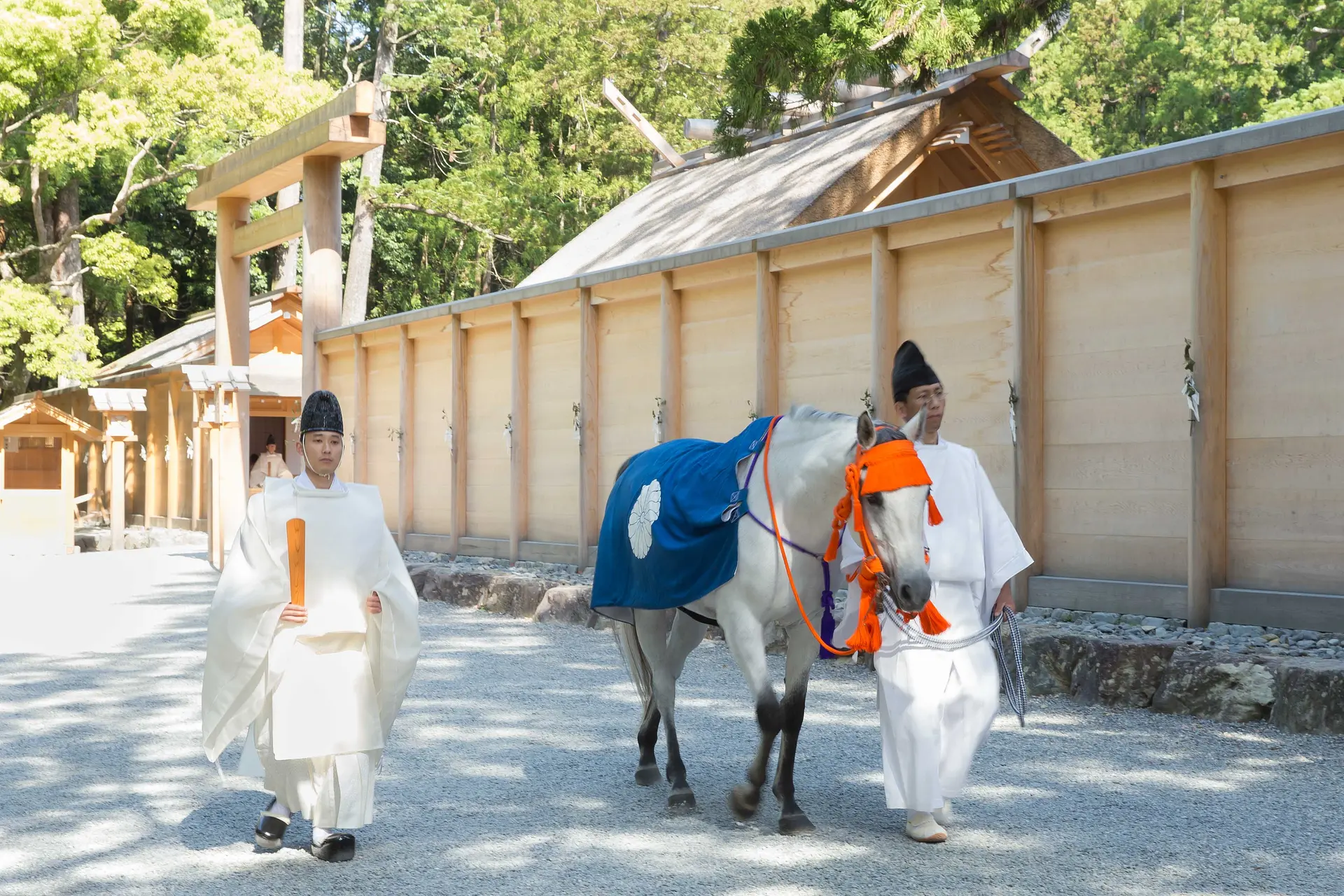
まず外宮からお参りするのはなぜ?
Q12:まず外宮からお参りするのはなぜ?
A12:神宮で行われる祭典は「外宮先祭(げくうせんさい)」といって、まず外宮で祭儀が行われるならわしがあります。
豊受大御神(外宮)は天照大御神の御饌都神(食事を司る神)ですので、内宮の祭儀に先だって、まず御饌都神にお食事を奉るのです。 そのため、祭典の順序にならって、神宮への参拝も外宮から内宮の順にお参りするのがならわしになっています。
また江戸時代には、お伊勢まいりの際に二見浦で禊をして身を清めてから、外宮そして内宮を参拝するというルートが人気でした。そのため、今でも神宮を参拝する前に二見浦に立寄られる方もいます。これを浜参宮といいます。
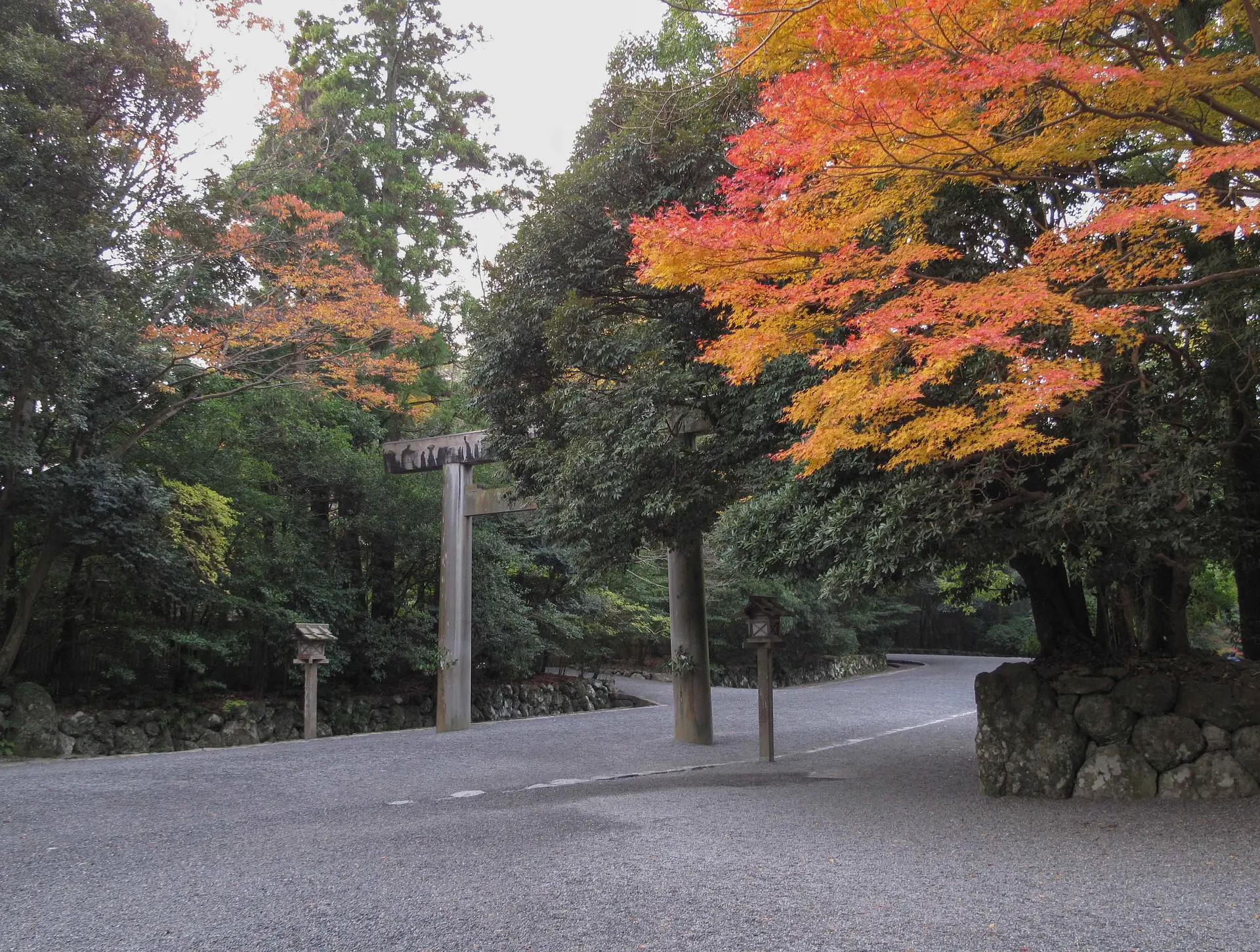
内宮の「御神体」は何?
Q13:内宮の「御神体」は何?
A13:内宮には、皇位のしるしとして受け継がれる三種の神器の一つである八咫鏡(やたのかがみ)が御神体として祀られています。
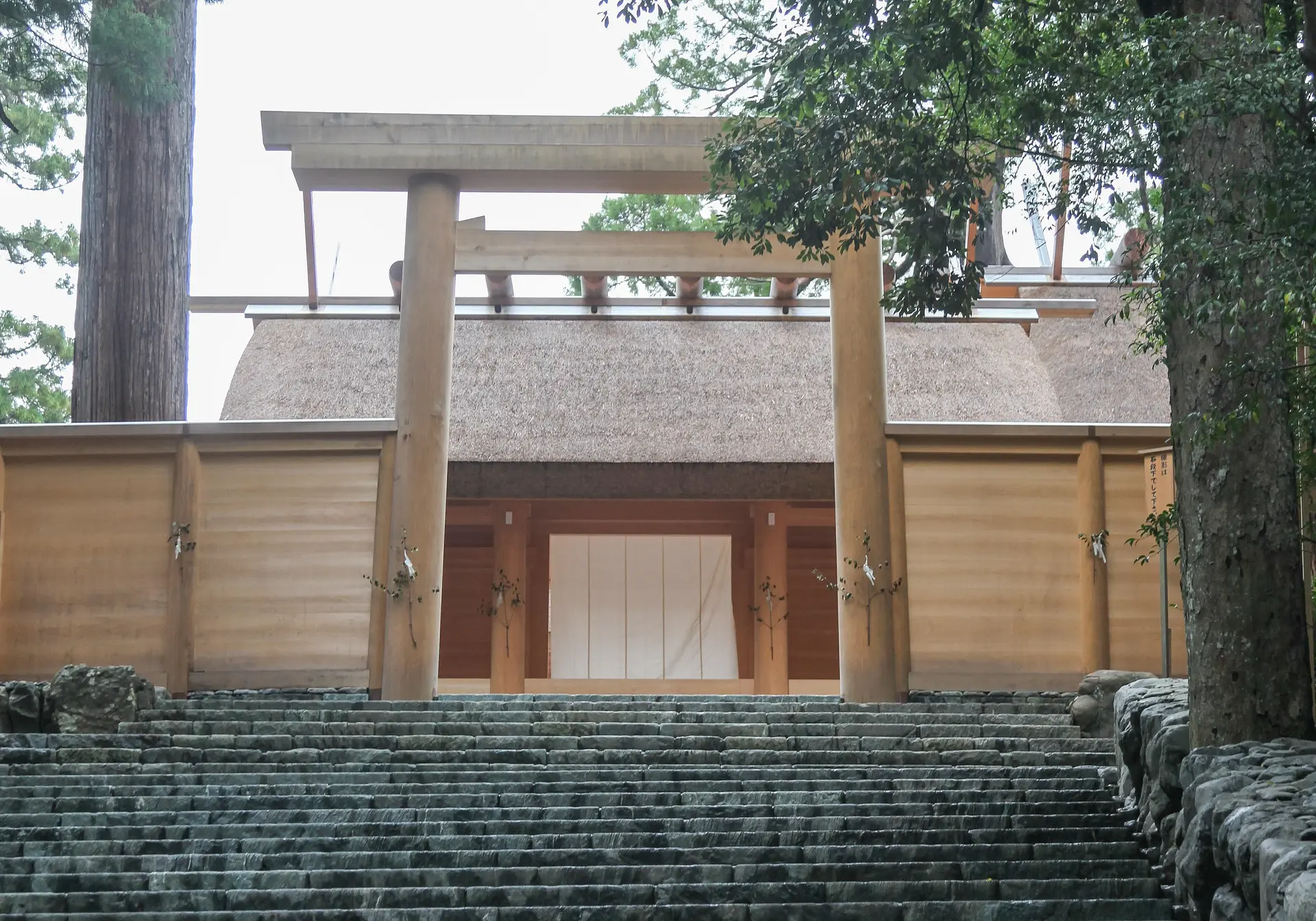
正宮のお参りするところに下がっている白い布は何?
Q14:正宮のお参りするところに下がっている白い布は何?
A14:白い布は御幌(みとばり)といいます。神宮の正殿は四重の垣根に囲まれ大切にお守りされていますが、門を開いたときに、正面が直接見えないように掛けられています。出入口の外側に立っている蕃塀(ばんぺい)と呼ばれる塀にも同様の意味があります。
.jpg)
神宮では1年で何回のお祭りがおこなわれているの?
写真提供:神宮司庁
Q15:神宮では1年で何回のお祭りがおこなわれているの?
A15:神宮では年間約1500回ものお祭りが執り行われています。
私たち日本人にとって、お米とは食料であるだけでなく、神と人とを結ぶ大切なお供え物でもあります。神宮では稲作の周期と共にお祭りが行われ、その中で神々に感謝し、五穀豊穣をはじめ国家の繁栄と国民の幸せが祈られています。
最も重要なお祭りは、10月に行われる神嘗祭(かんなめさい)で、収穫に感謝し新穀を奉る神宮至高の神事です。
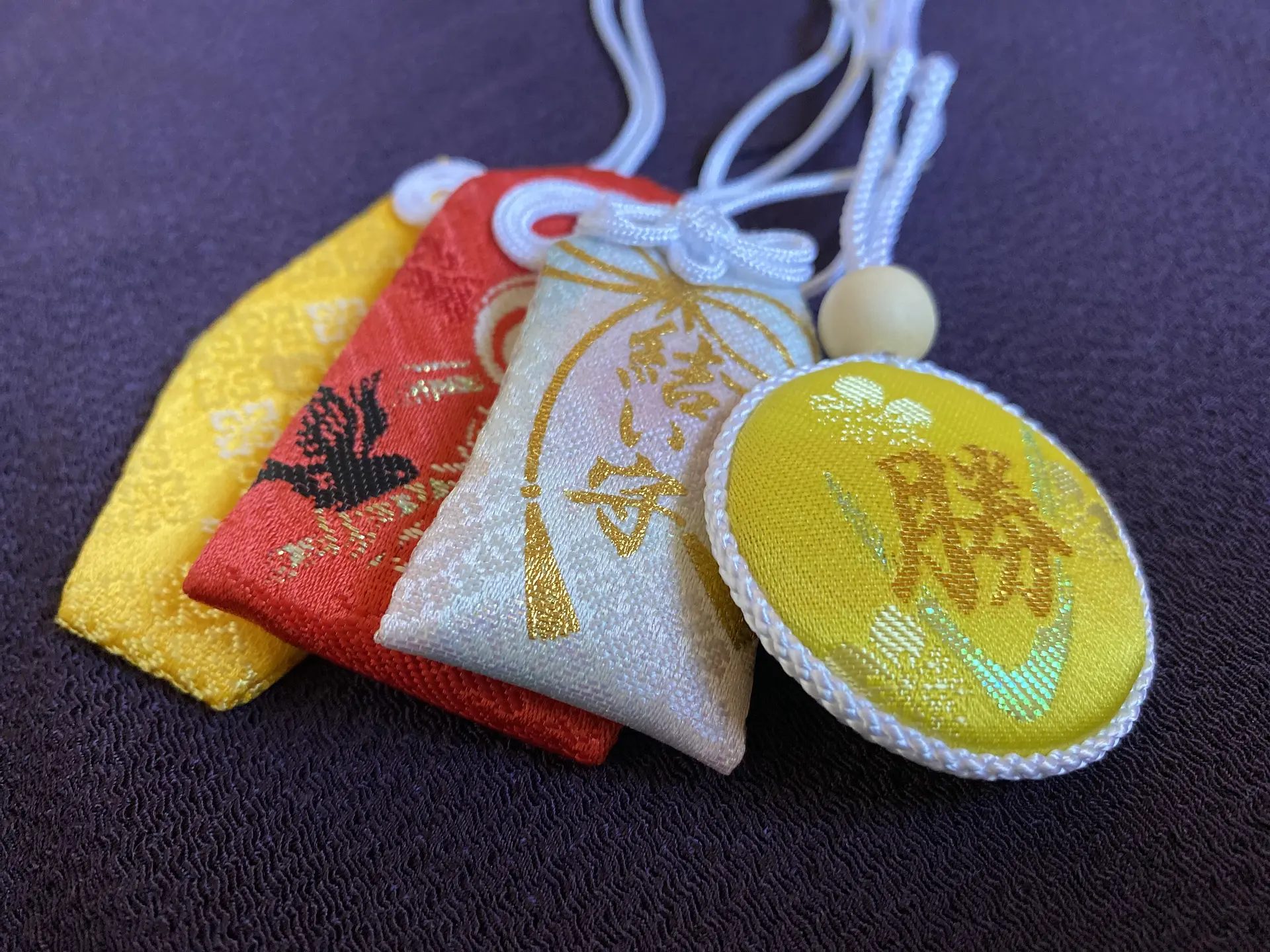
複数の神社のお守りを持つと神様はけんかするの?
Q16:複数の神社のお守りを持つと神様はけんかするの?
A16:お守りを複数持つとよくないとか、神様がけんかするなどという話を聞いたことはありませんか?神様がけんかすることはありません。崇敬される神社のお守りを大切にお持ちになり、願い事が叶った時にはお礼参りをするといいでしょう。
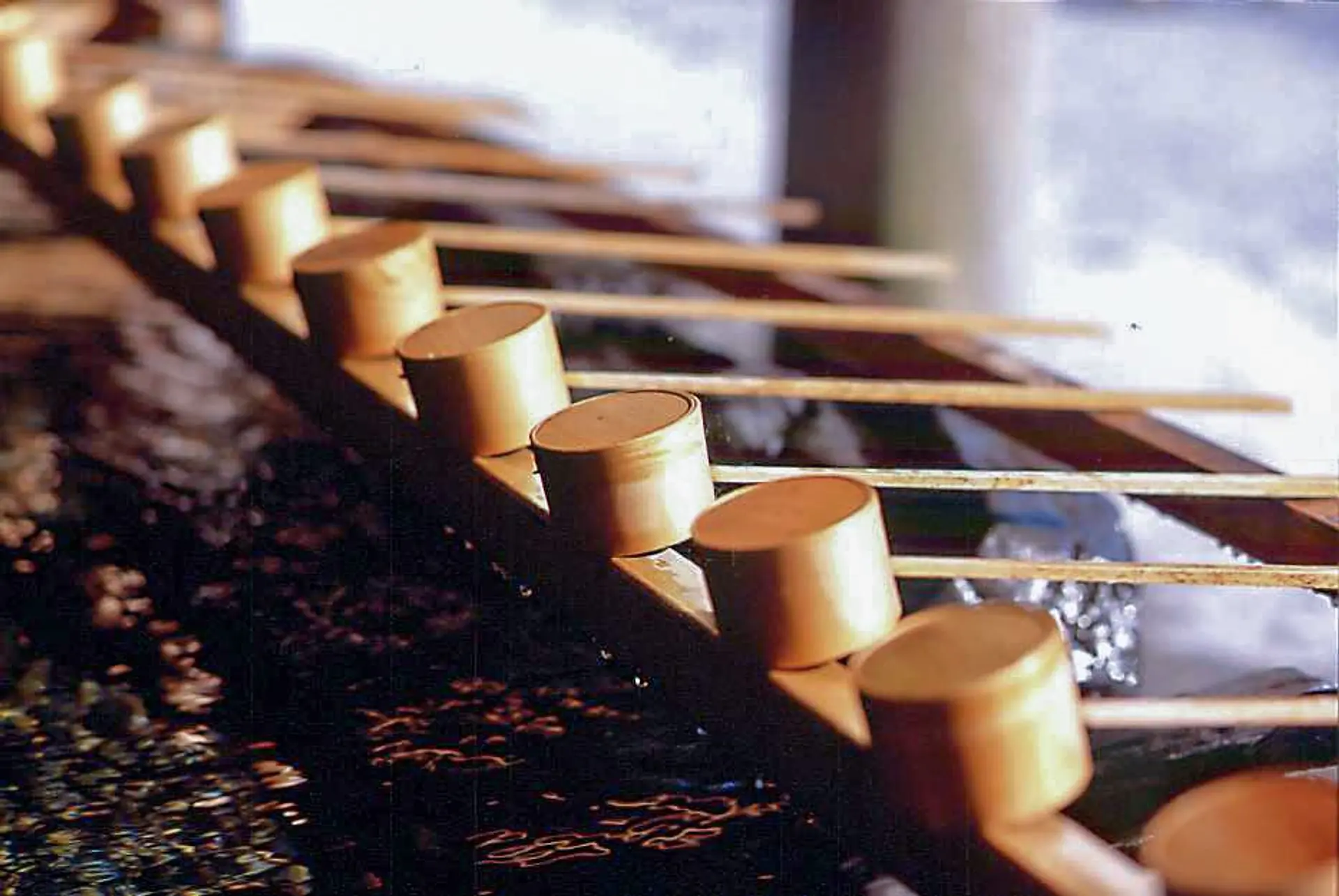
伊勢神宮をカップルでお参りすると別れるという噂は本当?
Q17:伊勢神宮をカップルでお参りすると別れるという噂は本当?
A17:神宮のご祭神である天照大御神は女性の神様。そのためか、昔からカップルでお参りすると神様が嫉妬して二人の仲が悪くなるなどという迷信があったようですが、決してそのようなことはありません。安心してお参りください。
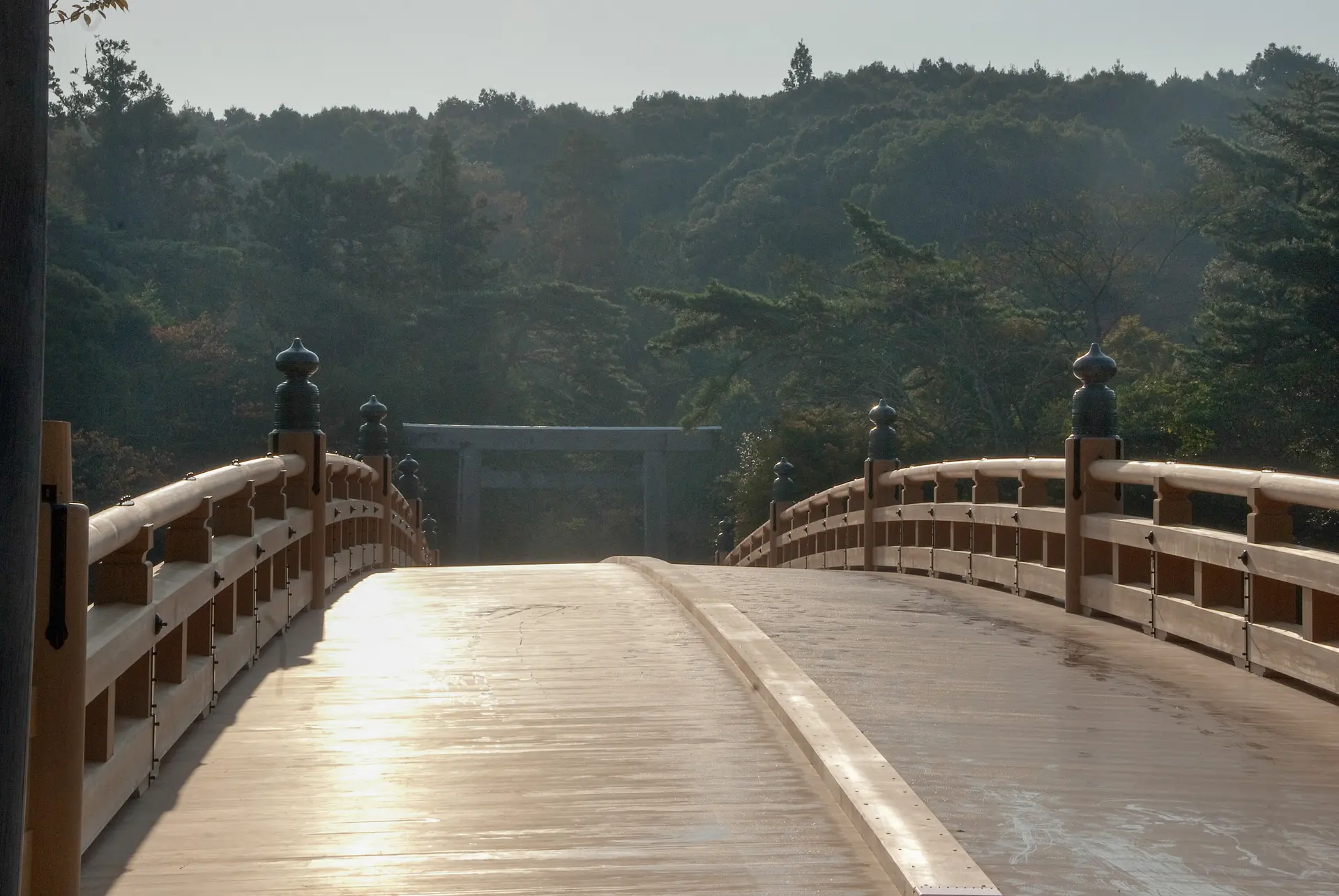
宇治橋は車や車椅子が走行できるの?
Q18:宇治橋は車や車椅子が走行できるの?
A18:古くからのならわしにより、一般の方が車で乗り入れることはできませんが、伊勢神宮(外宮・内宮)は車椅子を利用して参拝することができます。玉砂利の参道を進みやすい貸し出しの車椅子も用意されており、衛士見張所(えしみはりしょ)で借りることができます。また、車椅子用の案内マップもありますので衛士見張所でお申し出ください。
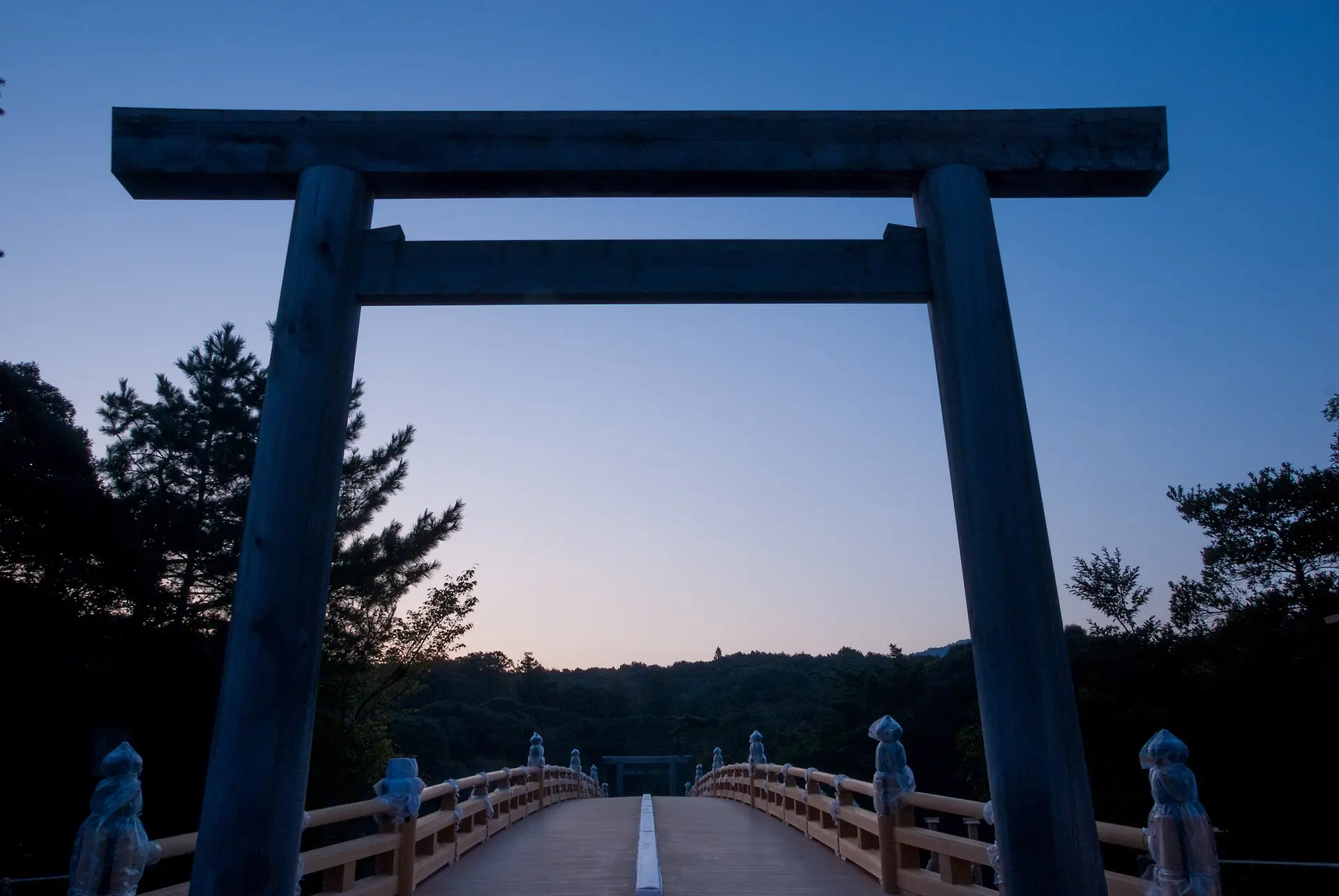
ペットの犬や猫と参拝できるの?
Q19:ペットの犬や猫と参拝できるの?
A19:伊勢神宮はペット立ち入り禁止です。キャリーケースや犬用バギーを利用して、伊勢神宮にペットを連れて入ることもできません。 伊勢神宮の内宮・外宮ともに、入り口にある衛士見張所(えしみはりしょ)にてペットを預けることができますが、収容数には限りがあります。
伊勢神宮の御朱印やお守りについてはこちらで解説しています
伊勢神宮では、お参りの証である御朱印やお守りをいただくことができます。
詳しくは、以下のレポートよりご覧いただけます。お伊勢参りの際は、ご参考にしてみてください。
▶伊勢神宮の御朱印は全部で7つ?記事はこちら↓
伊勢神宮の御朱印は全部で7つ?いただける時間や場所を解説します。
▶伊勢神宮のお守りはどこでいただける?記事はこちら↓
伊勢神宮のお守りはどこでいただける?いただける時間や場所を解説します。
▶伊勢神宮の駐車場はどこ?駐車料金は?記事はこちら↓
伊勢神宮の駐車場はどこ?駐車料金は?アクセスなどについて気になる疑問を解説します!
近くのスポット
近くのイベント
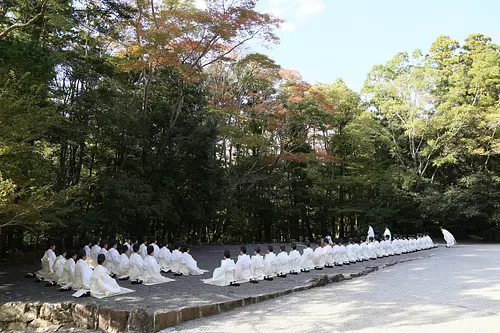
開催日:2025年12月31日(水)
直線距離:424m
大祓 【伊勢神宮 内宮】
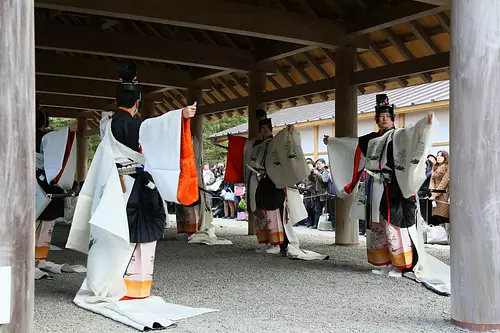
開催日:2026年1月11日(日)
直線距離:424m
一月十一日御饌 【伊勢神宮 内宮】

開催日:2026年1月1日(木)
直線距離:424m
歳旦祭 【伊勢神宮】

開催日:2026年2月11日(水)
直線距離:424m
建国記念祭 【伊勢神宮 内宮】

開催日:2026年1月3日(土)
直線距離:424m
元始祭 【伊勢神宮】
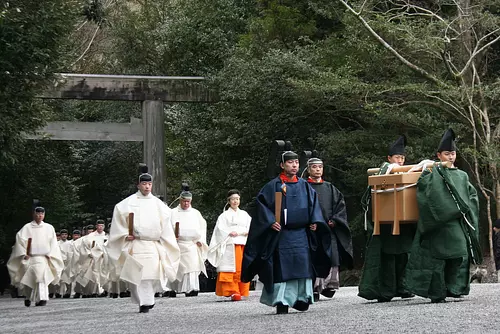
開催日:2026年2月17日(火)~2026年2月23日(月)
直線距離:424m
祈年祭 【伊勢神宮】

開催日:2026年2月23日(月)
直線距離:424m
天長祭 【伊勢神宮】
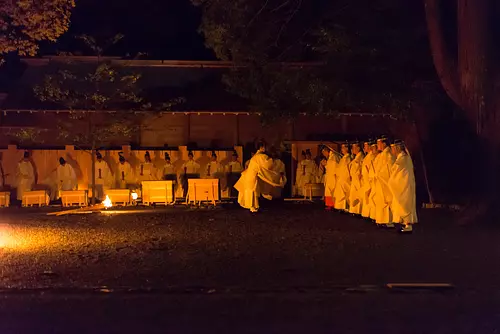
開催日:2025年12月15日(月)~2025年12月25日(木)
直線距離:424m
月次祭 【伊勢神宮】
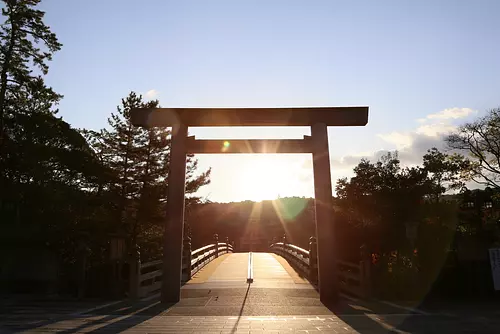
開催日:2025年11月22日(土)~2026年1月22日(木)
直線距離:424m
宇治橋の日の出 【伊勢神宮 内宮】
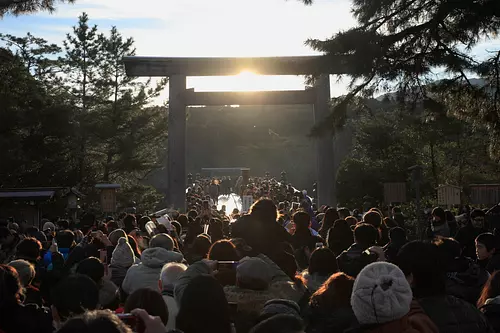
開催日:2026年1月1日(木)~2026年1月7日(水)
直線距離:424m
伊勢神宮 初詣 【伊勢神宮】
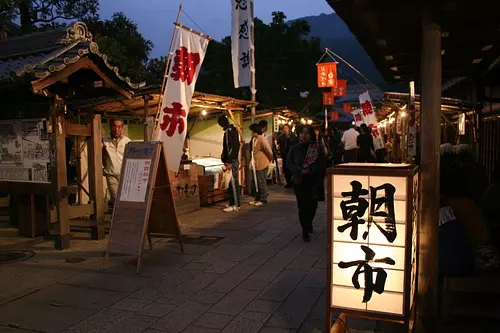
開催日:毎年3月1日
直線距離:902m
3月横丁朔日朝市
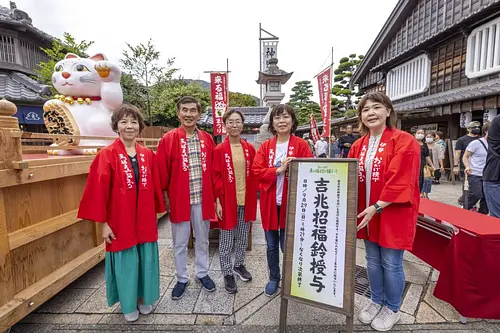
開催日:2024年12月31日(火)~2025年12月30日(火)
直線距離:902m
「巳(へび)年生まれ大募集」のお知らせ
近くでできる遊び・体験
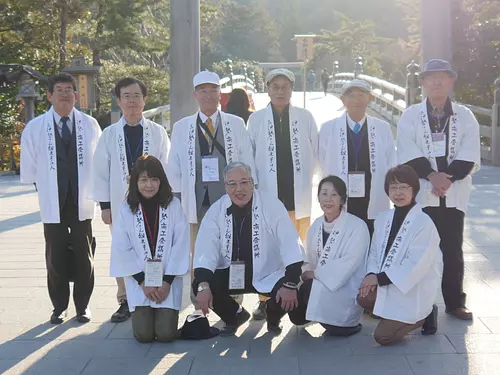
直線距離:628m
お伊勢さん観光案内
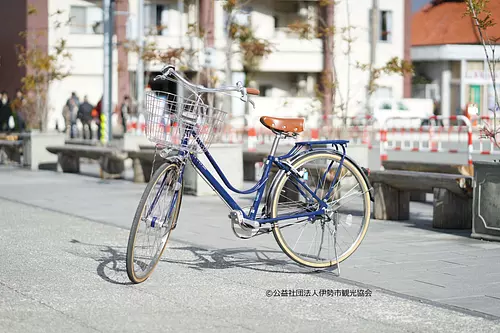
直線距離:4.0km
伊勢市レンタサイクル(外宮前観光サービスセンター)
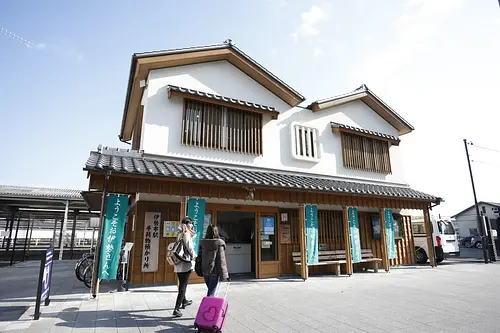
直線距離:4.2km
宿泊施設までの当日配送サービス
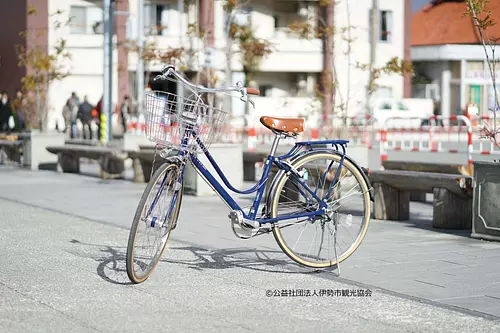
直線距離:4.2km
伊勢市レンタサイクル(伊勢市駅手荷物預かり所)
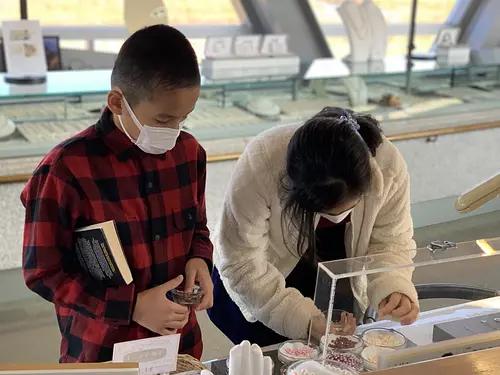
直線距離:5.4km
【世界に一つだけ】淡水真珠を使ったオリジナルアクセサリー作り
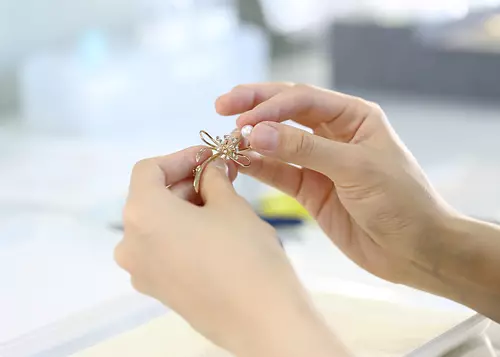
直線距離:5.4km
【世界に一つだけ】あこや真珠を使ったオリジナルアクセサリー作り
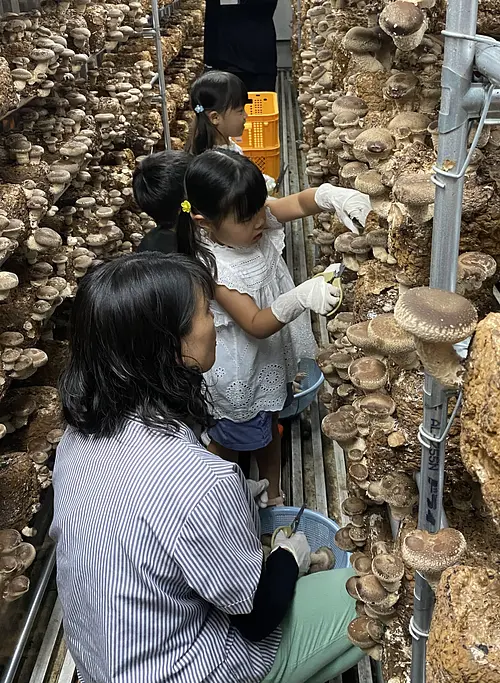
直線距離:5.7km
きのこ狩り

直線距離:6.7km
リアルRPG 忍者大戦争 ~蛙と蛇と旅人と~
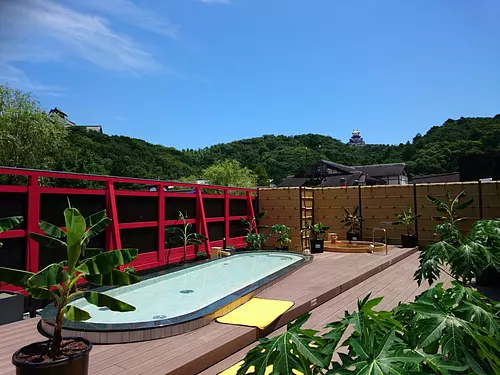
直線距離:6.8km
伊勢観光の疲れを癒す「安土城下の湯」
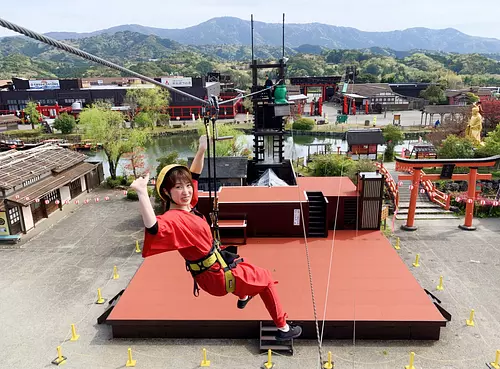
直線距離:6.8km
忍者 森のアドベンチャー 西日本最大!全長1,000m! 67のアトラクション
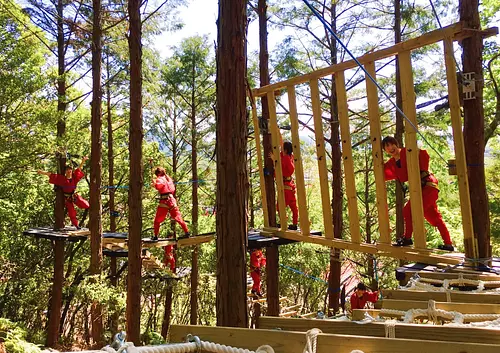
直線距離:6.8km
忍者衣裳に着替えて家族で挑戦「忍者森のアドベンチャー」

直線距離:7.6km
紙切り名人に教わる開運を招く「紙切り昆虫」づくり体験

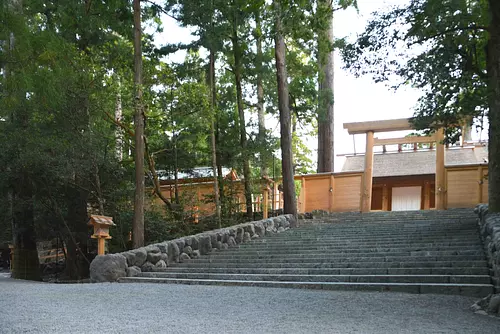
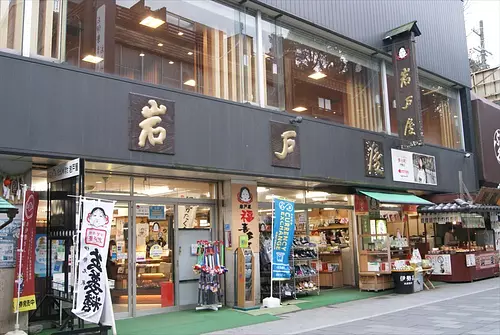
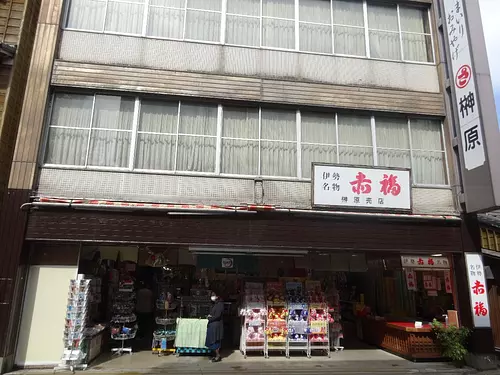
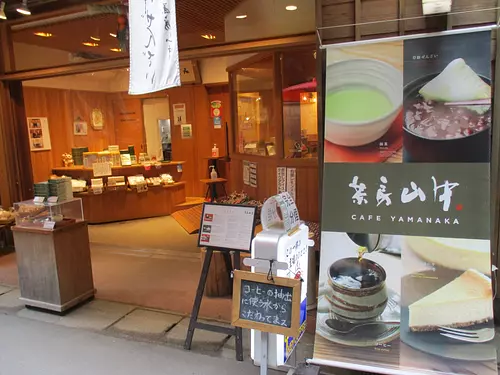
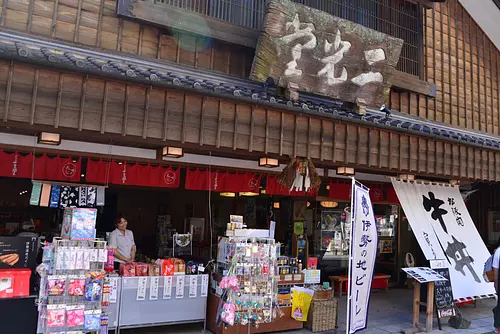
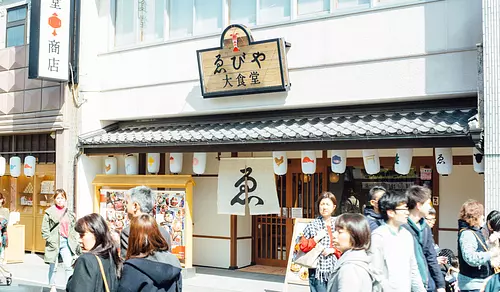
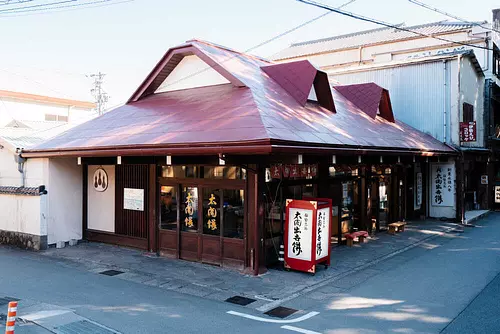
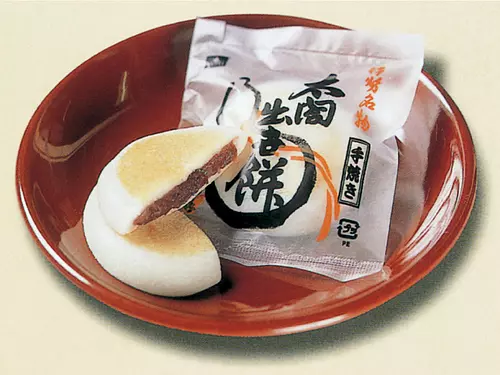
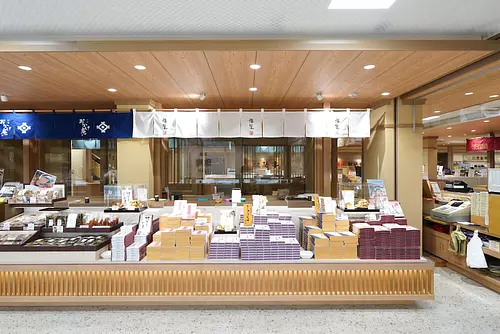
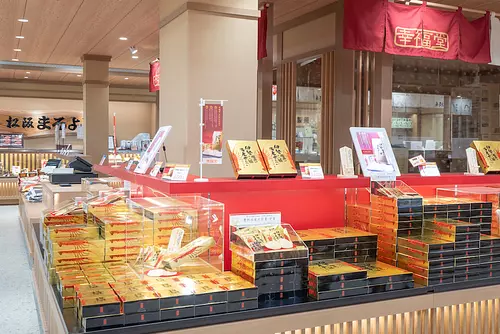
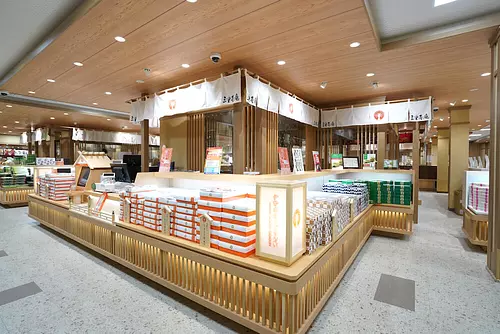
.png)
